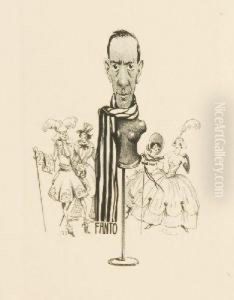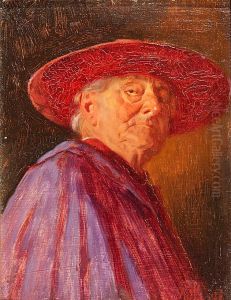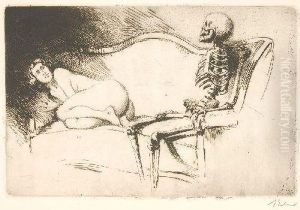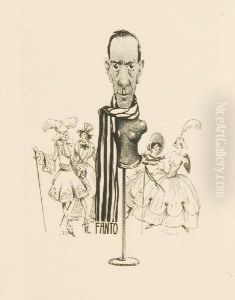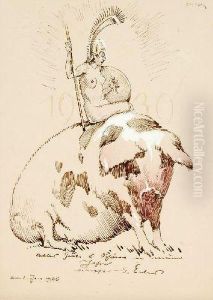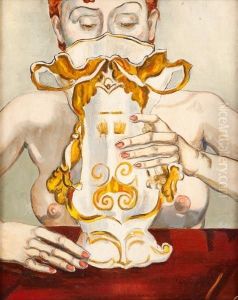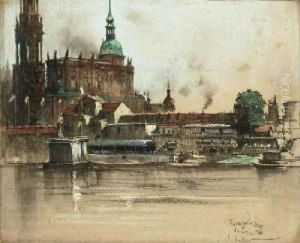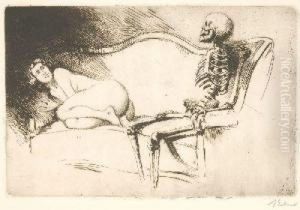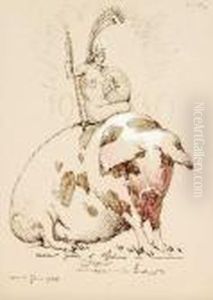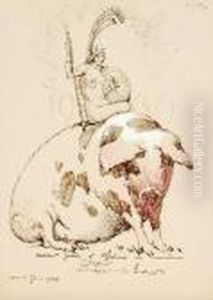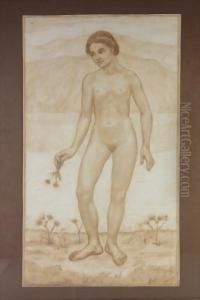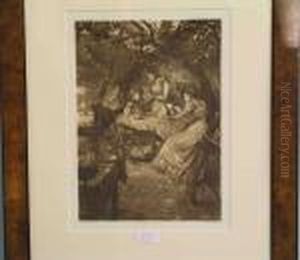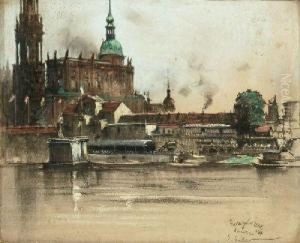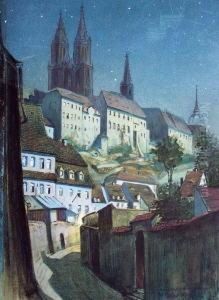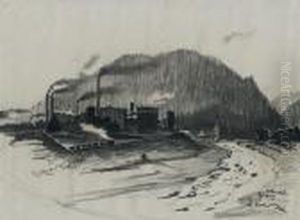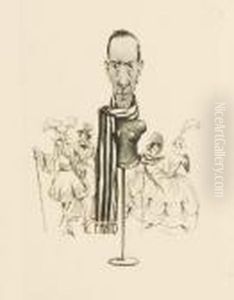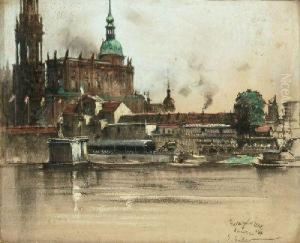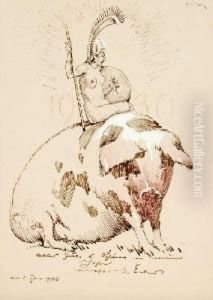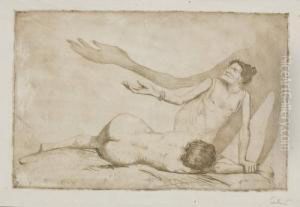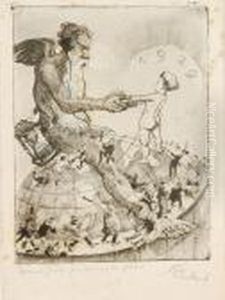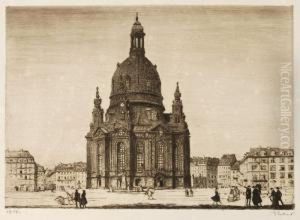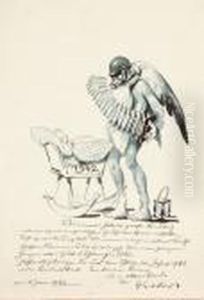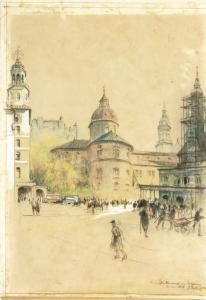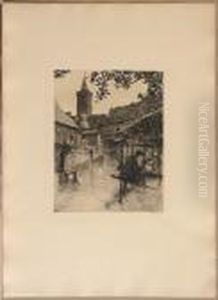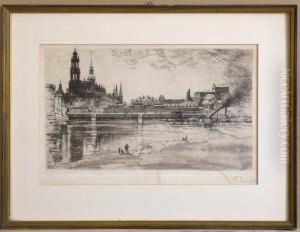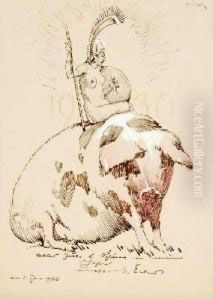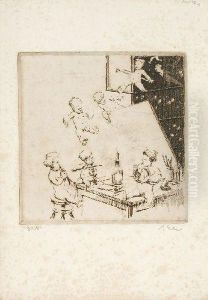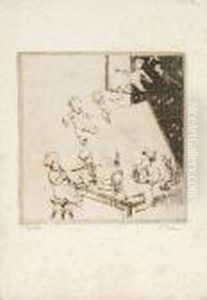Georg O. Erler Paintings
Georg O. Erler, whose full name was Georg Otto Erler, was a German artist known for his portrait paintings. Born on March 26, 1871, in Leipzig, Germany, Erler grew up during a period of significant cultural and political changes in the country. He studied at the Royal Academy of Fine Arts in Munich, which was a leading institution for art education in Germany at the time. Erler was particularly influenced by the academic style of painting, which emphasized technical skill, realism, and often historical or mythological subject matter.
Throughout his career, Georg O. Erler developed a reputation for his ability to capture the likeness and personality of his sitters. His portraits often featured prominent figures of his time, including politicians, academics, and members of high society. In addition to portraits, Erler also painted genre scenes, historical events, and allegorical works. His style was characterized by a meticulous attention to detail and a rich, vibrant use of color.
Erler's work was widely exhibited during his lifetime. He participated in numerous exhibitions, including those at the Glaspalast in Munich, which was one of the most important venues for contemporary art in Germany before World War II. His paintings were well received by critics and the public alike, and he was awarded several prizes for his work.
Despite his success as an artist, Georg O. Erler's life and work were impacted by the political turmoil of the early 20th century, including World War I and the rise of the Nazi regime. However, he continued to work and exhibit his art throughout these challenging times.
Georg O. Erler passed away on February 10, 1950, in Munich. Although he may not be as widely recognized today as some of his contemporaries, his contributions to portrait painting and his reflections of early 20th-century German society have secured his place in art history. His works can be found in various art collections and museums in Germany and beyond.
